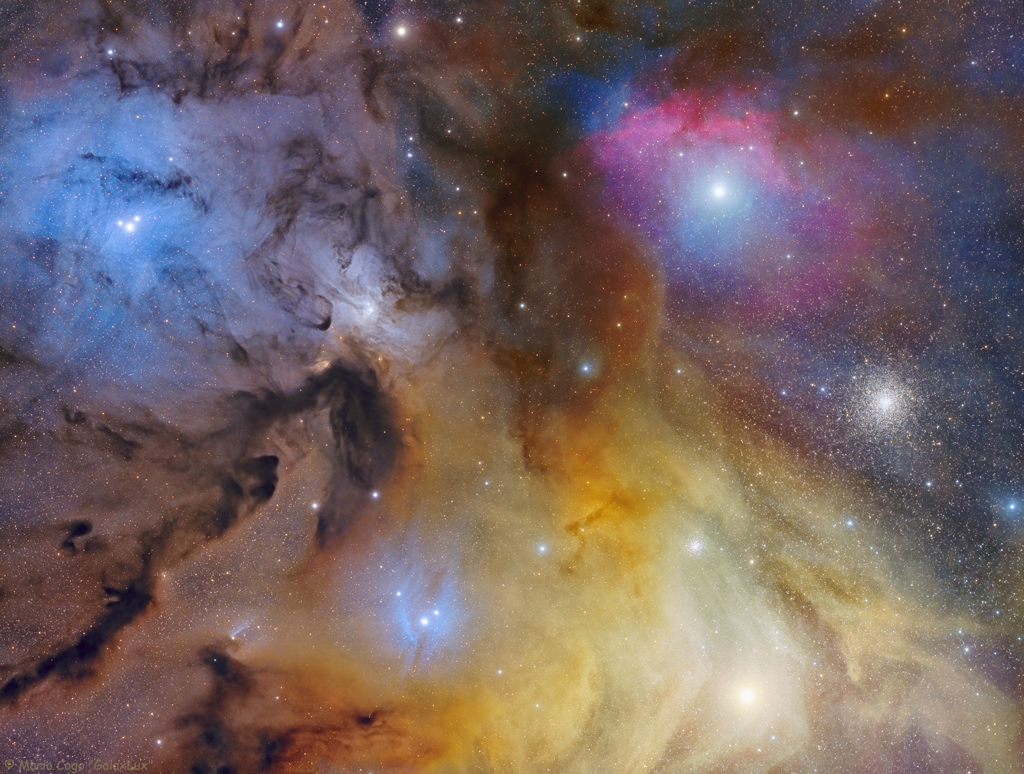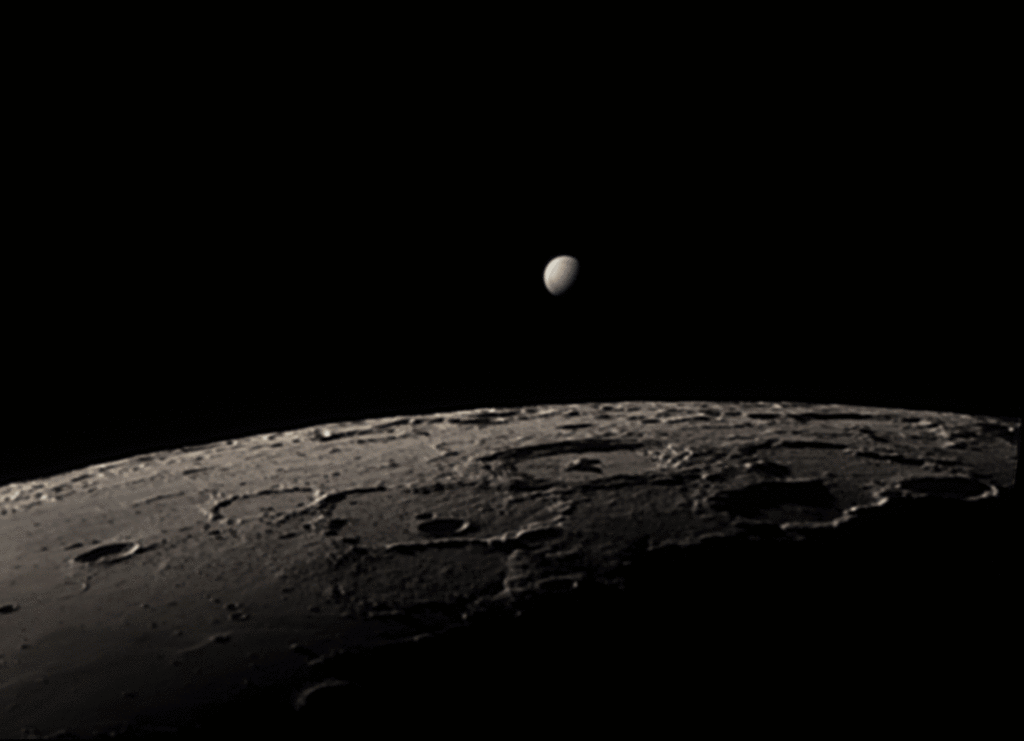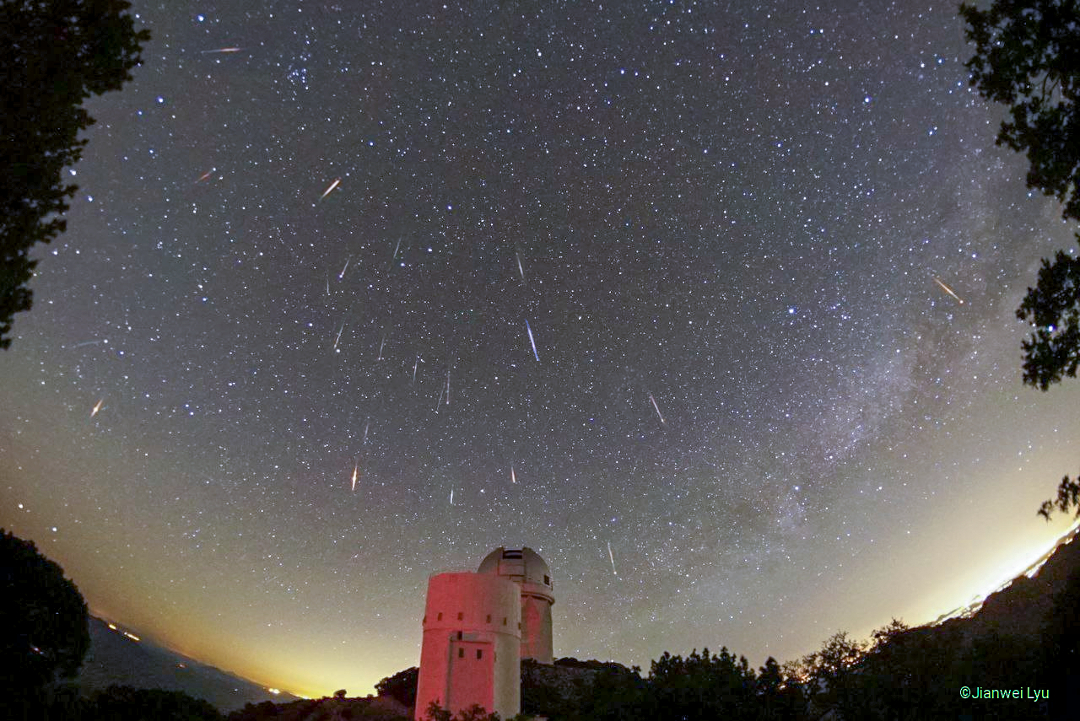NASA will host an in-person media opportunity at 8:45 a.m. EDT Tuesday, June 7, at NASA Headquarters in Washington with the agency’s SpaceX Crew-2 astronauts to discuss their recent mission aboard the International Space Station to benefit life on Earth and further exploration.
from NASA https://ift.tt/jGFqr2f
via IFTTT





